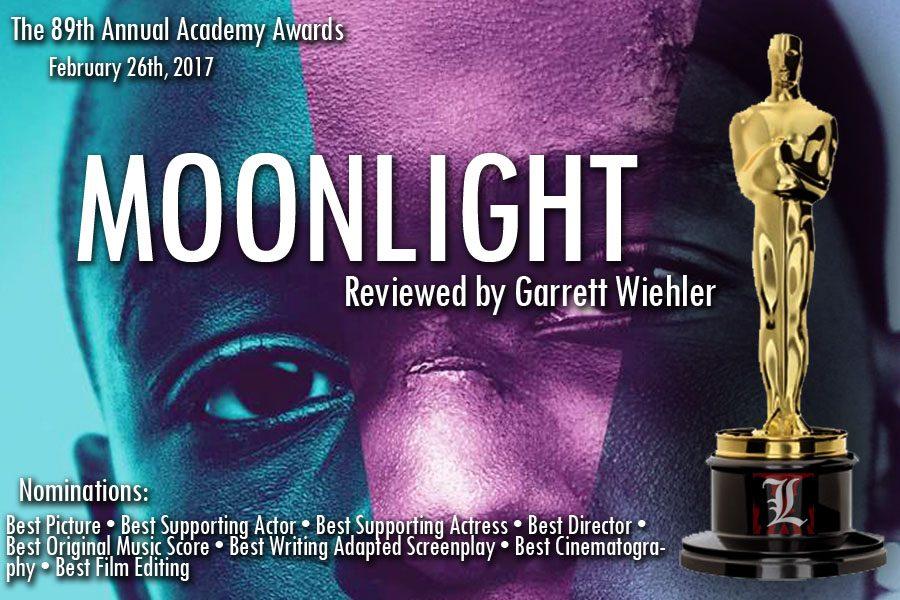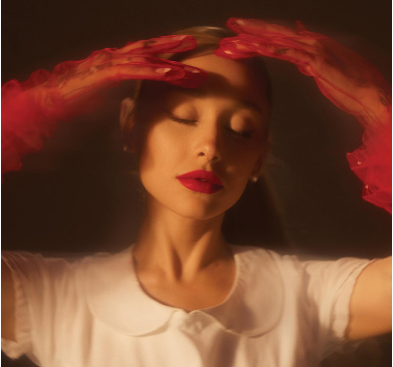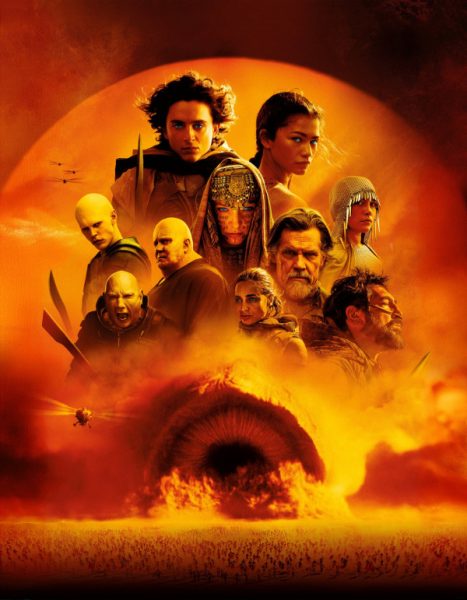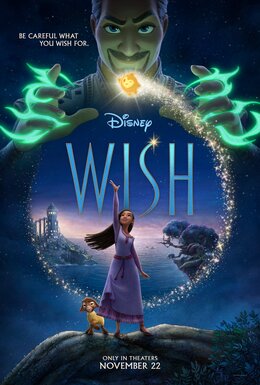The beauty of Moonlight
February 23, 2017
With poetic eloquence, Moonlight tackles the topics of sexuality, masculinity, and youth that leaves the viewer stunned. Split into three acts, Moonlight tells the tale of Chirone, a young black man growing up in Miami, and his struggles finding himself in the whirlwind of drugs, homophobia, and negative cultural norms imposed upon poor African Americans.
While Moonlight is the only Oscar nominee I have seen this year, based on discussions with friends about the other films, Moonlight will surely win Best Picture. I, myself, saw Moonlight twice within 24 hours. After experiencing the film the first time, I knew it was important and that I had to take my mother to see it.
Moonlight made me feel like I was going to throw up and cry three different times during the film. It was the kind of emotional gut-punch that was masterfully crafted. So, why would you want to see a movie that makes you sick?
In my first viewing of the film the color scheme, lighting, and camerawork was visually overwhelming. Production designer Hannah Beachler flawlessly blends set, costume, and lighting design into a production which effectively produced mood into every scene.
Often the production design of a film is a nonessential part of the movie, but in Moonlight the look and feel of a scene adds to the storytelling. In the final stages of Chirone’s life cycle the parallels between himself and his father figure Juan (Mahershala Ali) are exemplified through their outfits and costumes. In a scene from Chirone’s childhood his difference from the crowd is made apparent through the costuming, Chirone is dressed in a red polo while the crowd of children swirls around in blue.
The color blue is an important part of the movie. Moonlight is based on In the Moonlight Black Boys Look Blue, a play by Tarell Alvin McCraney and in the spiritual climax of the first act, Juan tells Chirone about his childhood in Cuba where he was nicknamed “Blue” by an elderly woman. The importance of blue is seen in the environment around Chiron. The housing development he lives in is painted baby blue and the backpacks of the students at his school are all blue. The thought that was put into subtle elements such as the coloration brings the film together into a masterpiece.
The camera work also puts the audience into the scene and creates anxiety and anticipation when paired with the score. During Chiron’s swimming lesson in the ocean, the camera bobs with the waves, effectively putting the audience in the water with Juan and Chiron. The bobbing camera paired with a crescendoing orchestra was raw and stunning.
Later in the movie the circling camera creates power and nervousness. When Terrel, Chiron’s antagonist and school bully, was circling a crowd the camera followed him looking outward from the circle. As Terrel’s footsteps quickened the camera spun faster and faster while the anticipation loomed closer and my heart rate heightened. It is this camerawork that sets Moonlight apart and made the film a masterpiece of natural emotion. This camerawork could also set Moonlight as the winner of best cinematography at the Oscars.
Technical aspects aside, the acting was phenomenal. Mahershala Ali is nominated for best actor in a supporting role and, while I do not believe he will win because his onscreen time was short, his fatherly nature was perfect. Ali took a drug-dealer turned father figure into a real emotional character who was human and connected with the audience.
The three boys who played Chiron also were phenomenal, but it was Alex R. Hibbert as Little, the youngest incarnation of Chiron, that stole the show. Hibbert’s eyes looked through the screen and into your soul. He was often made to be silent and it was his facial expressions that spoke louder than his words. When he did speak, however, his lines were sickening in innocence and curiosity. I pitied Hibbert’s Chiron and cried for him. Without Hibbert, Chiron would not have been such a powerful character and Moonlight would easily have not been nominated for best picture.
Chiron’s mother, Paula, played by Naomie Harris was also a sickeningly beautiful role to watch. At each stage of Chiron’s life Paula was at a different stage in her drug addiction. Harris’s physical appearance morphed as the fictional drugs warped her mind and body. Naomie Harris is nominated for best actress in a supporting role and could easily win. The range of her performance was not only impressive, but powerful and portrayed addiction with accuracy and poignancy.
Moonlight is nominated for five other Oscars I did not mention, including best score and best screenplay (adapted). This master film could easily win these categories as well. The 37 minute score is beautiful standalone composition and I have listened to it on Spotify three times since having seeing the movie. The story itself is beautifully fit to the screen and, while I do not want to give too much away, the plot is powerful and told an important story.
So, I urge you to go see Moonlight. You will be moved. The cost of movies are high these days, but some stories are worth the price of admission. Moonlight will not only will it be worth it, but you will have seen this year’s best picture.













